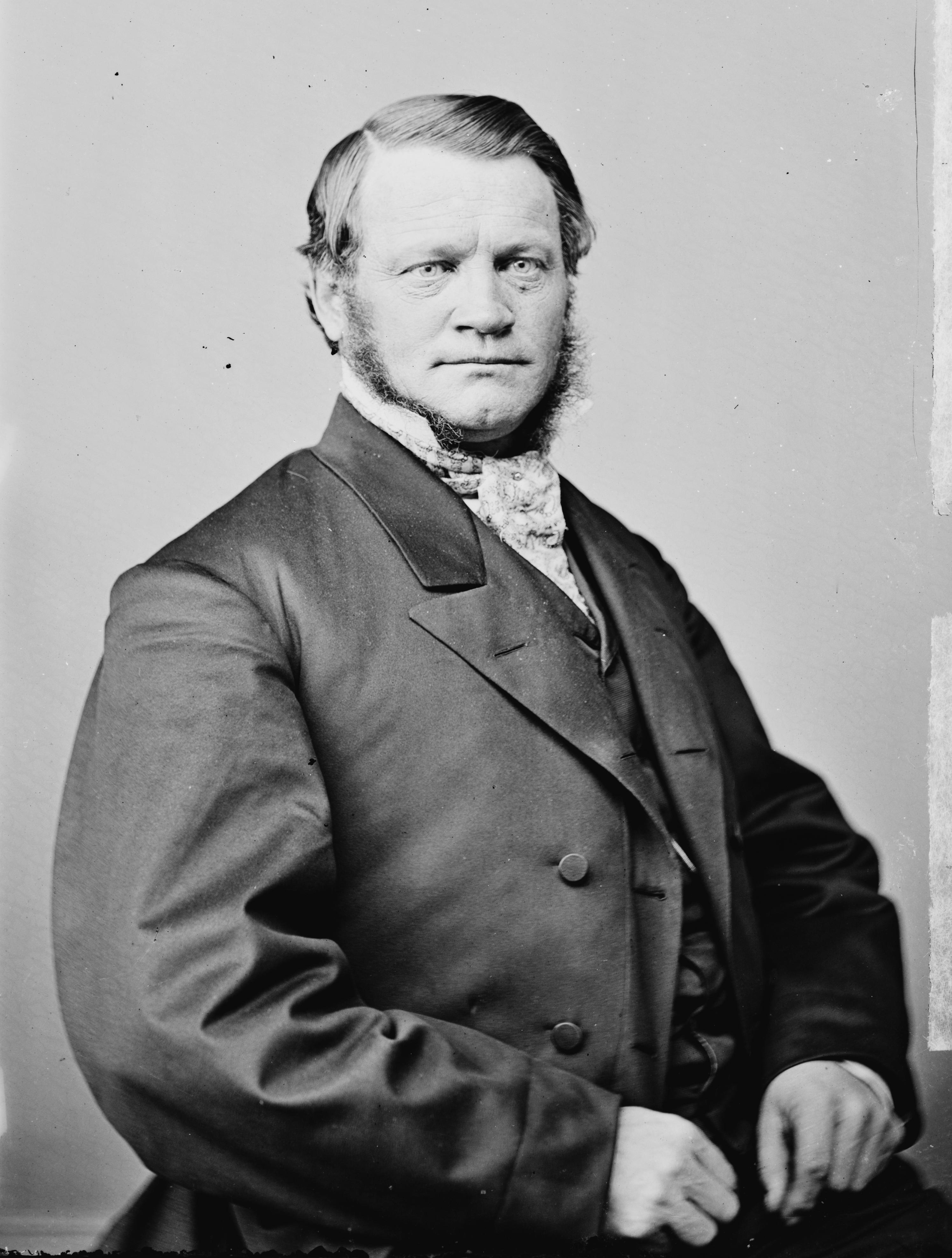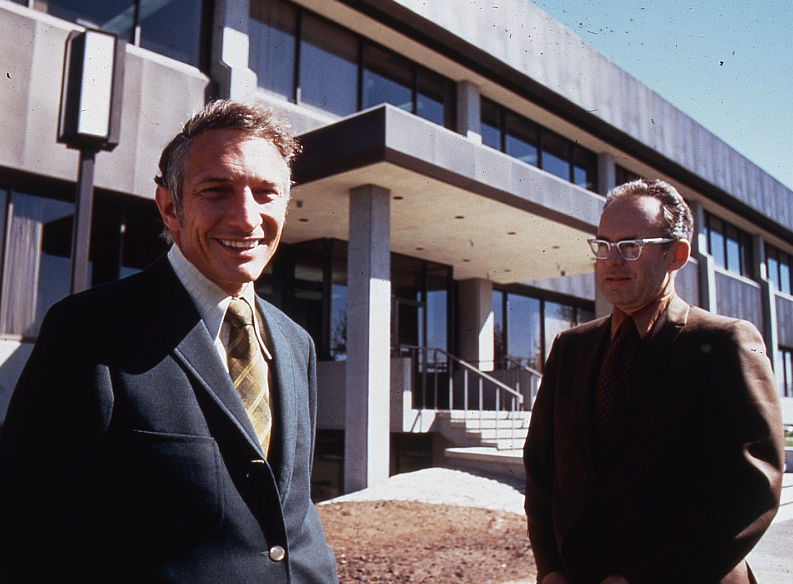|
Hooking Up
''Hooking Up'' is a collection of essays and a novella by American author Tom Wolfe, a number of which were earlier published in popular magazines. The essays cover diverse topics dating from as early as 1965, including both non-fiction and fiction, along with snipes at his contemporaries John Updike, Norman Mailer and John Irving. Contents Hooking Up *Hooking Up: What Life was Like at the Turn of the Second Millennium: An American's World – contemporary teenage promiscuity. The Human Beast *Two Young Men Who Went West – profiles of Robert Noyce and William Shockley; especially comparing Noyce, founder of Intel and a graduate of Grinnell College, with Josiah Grinnell, its founder. *Digibabble, Fairy Dust, and the Human AnthillSorry, But Your Soul Just Died- essay by Tom Wolfe (Forbes, 1996) contains profile of E. O. Wilson. Vita Robusta, Ars Anorexica *In the Land of the Rococo Marxists *The Invisible Artist *The Great Relearning *My Three Stooges –Wolfe's castigation ... [...More Info...] [...Related Items...] OR: [Wikipedia] [Google] [Baidu] |
Tom Wolfe
Thomas Kennerly Wolfe Jr. (March 2, 1930 – May 14, 2018)Some sources say 1931; ''The New York Times'' and Reuters both initially reported 1931 in their obituaries before changing to 1930. See and was an American author and journalist widely known for his association with New Journalism, a style of news writing and journalism developed in the 1960s and 1970s that incorporated literary techniques. Wolfe began his career as a regional newspaper reporter in the 1950s, achieving national prominence in the 1960s following the publication of such best-selling books as ''The Electric Kool-Aid Acid Test'' (a highly experimental account of Ken Kesey and the Merry Pranksters) and two collections of articles and essays, '' Radical Chic & Mau-Mauing the Flak Catchers'' and ''The Kandy-Kolored Tangerine-Flake Streamline Baby''. In 1979, he published the influential book '' The Right Stuff'' about the Mercury Seven astronauts, which was made into a 1983 film of the same name directed by Ph ... [...More Info...] [...Related Items...] OR: [Wikipedia] [Google] [Baidu] |
Intel
Intel Corporation is an American multinational corporation and technology company headquartered in Santa Clara, California. It is the world's largest semiconductor chip manufacturer by revenue, and is one of the developers of the x86 series of instruction sets, the instruction sets found in most personal computers (PCs). Incorporated in Delaware, Intel ranked No. 45 in the 2020 ''Fortune'' 500 list of the largest United States corporations by total revenue for nearly a decade, from 2007 to 2016 fiscal years. Intel supplies microprocessors for computer system manufacturers such as Acer, Lenovo, HP, and Dell. Intel also manufactures motherboard chipsets, network interface controllers and integrated circuits, flash memory, graphics chips, embedded processors and other devices related to communications and computing. Intel (''int''egrated and ''el''ectronics) was founded on July 18, 1968, by semiconductor pioneers Gordon Moore (of Moore's law) and Robert Noyce ( ... [...More Info...] [...Related Items...] OR: [Wikipedia] [Google] [Baidu] |
Essay Collections By Tom Wolfe
An essay is, generally, a piece of writing that gives the author's own argument, but the definition is vague, overlapping with those of a letter, a paper, an article, a pamphlet, and a short story. Essays have been sub-classified as formal and informal: formal essays are characterized by "serious purpose, dignity, logical organization, length," whereas the informal essay is characterized by "the personal element (self-revelation, individual tastes and experiences, confidential manner), humor, graceful style, rambling structure, unconventionality or novelty of theme," etc. Essays are commonly used as literary criticism, political manifestos, learned arguments, observations of daily life, recollections, and reflections of the author. Almost all modern essays are written in prose, but works in verse have been dubbed essays (e.g., Alexander Pope's ''An Essay on Criticism'' and ''An Essay on Man''). While brevity usually defines an essay, voluminous works like John Locke's ''A ... [...More Info...] [...Related Items...] OR: [Wikipedia] [Google] [Baidu] |
Essay Collections
An essay is, generally, a piece of writing that gives the author's own argument, but the definition is vague, overlapping with those of a letter, a paper, an article, a pamphlet, and a short story. Essays have been sub-classified as formal and informal: formal essays are characterized by "serious purpose, dignity, logical organization, length," whereas the informal essay is characterized by "the personal element (self-revelation, individual tastes and experiences, confidential manner), humor, graceful style, rambling structure, unconventionality or novelty of theme," etc. Essays are commonly used as literary criticism, political manifestos, learned arguments, observations of daily life, recollections, and reflections of the author. Almost all modern essays are written in prose, but works in verse have been dubbed essays (e.g., Alexander Pope's ''An Essay on Criticism'' and ''An Essay on Man''). While brevity usually defines an essay, voluminous works like John Locke's ''An Es ... [...More Info...] [...Related Items...] OR: [Wikipedia] [Google] [Baidu] |
William Shawn
William Shawn (''né'' Chon; August 31, 1907 – December 8, 1992) was an American magazine editor who edited ''The New Yorker'' from 1952 until 1987. Early life and education Shawn was born William Chon on August 31, 1907, in Chicago, Illinois, the son of Benjamin T. Chon, a cutlery salesman, and Anna Bransky Chon. He was the youngest of five. His older siblings were Harold (1892-1967), Melba (1894-1964), Nelson (1898-1974), and Myron (1902-1987). His family were non-observant Jews of Eastern European origin. William dropped out of the University of Michigan after two years (1925-1927) and began working. Career Early years Shawn traveled to Las Vegas, New Mexico, where he worked at the local newspaper, ''The Optic''. He returned to Chicago and worked as a journalist. Around 1930 he changed the spelling of his last name to ''Shawn''. In 1932, he and his wife, Cecille, moved to New York City, where he tried to start a career as a composer. At ''The New Yorker'' Soon after the ... [...More Info...] [...Related Items...] OR: [Wikipedia] [Google] [Baidu] |
The New Yorker
''The New Yorker'' is an American weekly magazine featuring journalism, commentary, criticism, essays, fiction, satire, cartoons, and poetry. Founded as a weekly in 1925, the magazine is published 47 times annually, with five of these issues covering two-week spans. Although its reviews and events listings often focus on the Culture of New York City, cultural life of New York City, ''The New Yorker'' has a wide audience outside New York and is read internationally. It is well known for its illustrated and often topical covers, its commentaries on popular culture and eccentric American culture, its attention to modern fiction by the inclusion of Short story, short stories and literary reviews, its rigorous Fact-checking, fact checking and copy editing, its journalism on politics and social issues, and its single-panel cartoons sprinkled throughout each issue. Overview and history ''The New Yorker'' was founded by Harold Ross and his wife Jane Grant, a ''The New York Times, N ... [...More Info...] [...Related Items...] OR: [Wikipedia] [Google] [Baidu] |
Josiah Grinnell
Josiah Bushnell Grinnell (December 22, 1821 – March 31, 1891) was a U.S. Congressman from Iowa's 4th congressional district, an ordained Congregational minister, founder of Grinnell, Iowa and benefactor of Grinnell College. Grinnell was born in New Haven, Vermont, in 1821. He studied first at Oneida Institute starting in 1841. He graduated from Auburn Theological Seminary in New York City in 1847. He held pastorates in Washington, D.C., and New York City before moving to Iowa. Grinnell was the young man to whom Horace Greeley is quoted as having given the famous advice, "Go West, young man." Grinnell was also involved in railway building and was instrumental in the move of Grinnell College, known at the time as Iowa College, from Davenport to the newly established town of Grinnell. Grinnell married Julia Ann Chapin on February 4, 1852. They had four children: Catharine Hastings Grinnell, George Chapin Grinnell, Mary Chapin Grinnell, and Carrie Holmes Grinnell. In Iowa, Gri ... [...More Info...] [...Related Items...] OR: [Wikipedia] [Google] [Baidu] |
Grinnell College
Grinnell College is a private liberal arts college in Grinnell, Iowa, United States. It was founded in 1846 when a group of New England Congregationalists established the Trustees of Iowa College. Grinnell has the fifth highest endowment-to-student ratio of American liberal arts colleges, enabling need-blind admissions and substantial academic merit scholarships to boost socioeconomic diversity. Students receive funding for unpaid or underpaid summer internships and professional development (including international conferences and professional attire). Grinnell participates in a 3–2 engineering dual degree program with Columbia University, Washington University in St. Louis, Rensselaer Polytechnic Institute, and California Institute of Technology, a 2–1–1–1 engineering program with Dartmouth College and a Master of Public Health cooperative degree program with University of Iowa. Among Grinnell alumni are 15 Rhodes Scholars, 5 Marshall Scholars, 16 Truman Scholars, 1 ... [...More Info...] [...Related Items...] OR: [Wikipedia] [Google] [Baidu] |
William Shockley
William Bradford Shockley Jr. (February 13, 1910 – August 12, 1989) was an American physicist and inventor. He was the manager of a research group at Bell Labs that included John Bardeen and Walter Brattain. The three scientists were jointly awarded the 1956 Nobel Prize in Physics for "their researches on semiconductors and their discovery of the transistor effect". Partly as a result of Shockley's attempts to commercialize a new transistor design in the 1950s and 1960s, California's Silicon Valley became a hotbed of electronics innovation. In his later life, while a professor of electrical engineering at Stanford University and afterward, Shockley became widely known for his racist views and advocacy of eugenics. Early life and education Shockley was born to American parents in London on February 13, 1910, and was raised in his family's hometown of Palo Alto, California, from the age of three. His father, William Hillman Shockley, was a mining engineer who speculated in ... [...More Info...] [...Related Items...] OR: [Wikipedia] [Google] [Baidu] |
New Journalism
New Journalism is a style of news writing and journalism, developed in the 1960s and 1970s, that uses literary techniques unconventional at the time. It is characterized by a subjective perspective, a literary style reminiscent of long-form non-fiction. Using extensive imagery, reporters interpolate subjective language within facts whilst immersing themselves in the stories as they reported and wrote them. In traditional journalism, however, the journalist is "invisible"; facts are reported objectively. The term was codified with its current meaning by Tom Wolfe in a 1973 collection of journalism articles he published as '' The New Journalism'', which included works by himself, Truman Capote, Hunter S. Thompson, Norman Mailer, Joan Didion, Terry Southern, Robert Christgau, Gay Talese and others. Articles in the New Journalism style tended not to be found in newspapers, but in magazines such as ''The Atlantic Monthly'', '' Harper's'', ''CoEvolution Quarterly'', ''Esquire'', ''N ... [...More Info...] [...Related Items...] OR: [Wikipedia] [Google] [Baidu] |
Robert Noyce
Robert Norton Noyce (December 12, 1927 – June 3, 1990), nicknamed "the Mayor of Silicon Valley", was an American physicist and entrepreneur who co-founded Fairchild Semiconductor in 1957 and Intel Corporation in 1968. He is also credited with the realization of the first monolithic integrated circuit or microchip, which fueled the personal computer revolution and gave Silicon Valley its name.While Kilby's invention was six months earlier, neither man rejected the title of co-inventor.Lécuyer, p. 129 Early life Noyce was born on December 12, 1927, in Burlington, IowaJones, 86Jones, 142Berlin, p. 10Burt, 71Welles Gaylord, p. 130 the third of four sons of the Rev. Ralph Brewster Noyce.Jones, p. 625 His father graduated from Doane College, Oberlin College, and the Chicago Theological Seminary and was also nominated for a Rhodes Scholarship.Berlin, p. 14 His mother, Harriet May Norton, was the daughter of the Rev. Milton J. Norton, a Congregational clergyman, and Louise Hill. S ... [...More Info...] [...Related Items...] OR: [Wikipedia] [Google] [Baidu] |


.png)



